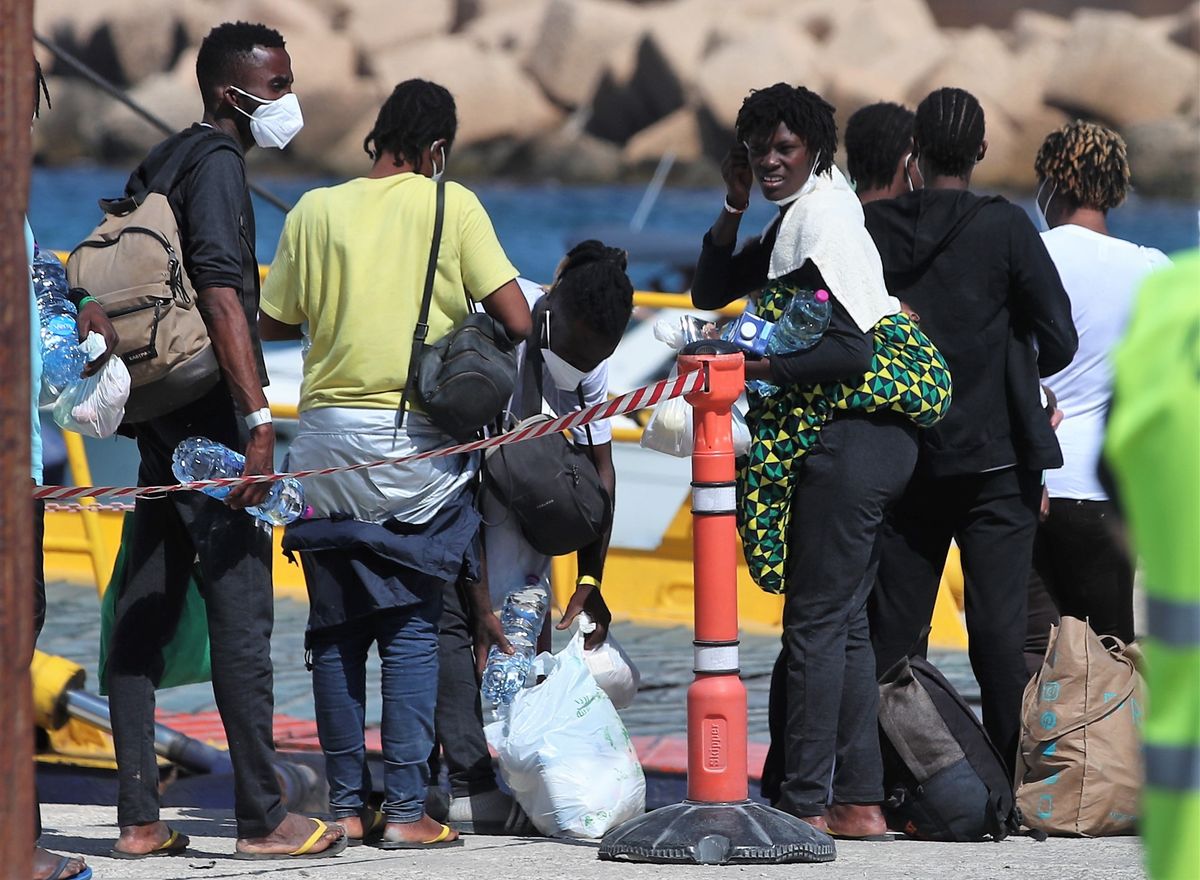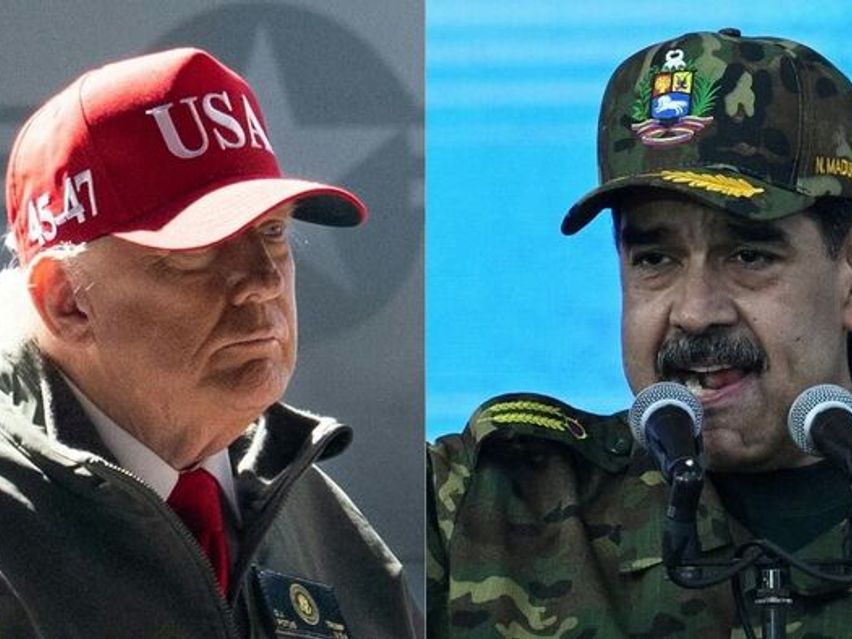On Wednesday, the European Parliament's LIBE Committee adopted the migration pact, which states - among other things - that member states can choose between taking in asylum seekers, providing financial contributions or operational support.

The new migration pact has four main points, of which one could trigger substantial changes for Hungary, Robert Gonczi, an analyst at the Migration Research Institute, told the daily Magyar Nemzet newspaper.
This is the restructuring, or even abolition of, the Dublin system and the establishment of a new solidarity mechanism, the exact constraints of which have yet to be defined,
– he said.
– This is roughly how it would look: each state would determine independently how it could contribute to the management of migration at EU level. There is, however, a worrying element to this, as the scheme would presumably include the distribution of migrants within the EU's borders, the analyst explained.
























Szóljon hozzá!
Jelenleg csak a hozzászólások egy kis részét látja. Hozzászóláshoz és a további kommentek megtekintéséhez lépjen be, vagy regisztráljon!